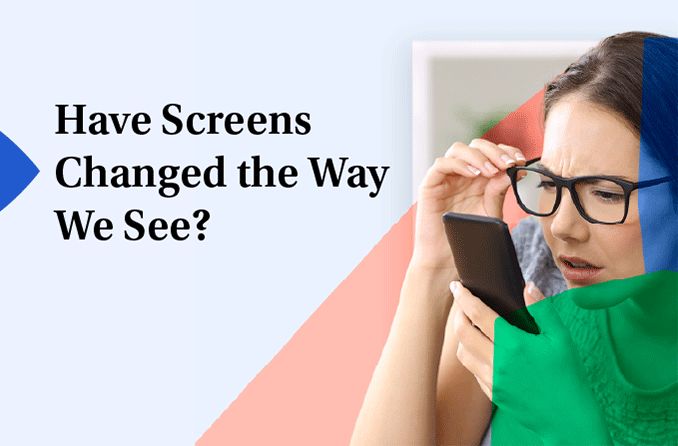
Computer Vision Syndrome
Computer vision syndrome is a condition caused by prolonged screen use. Learn about its symptoms and treatments, as well as some prevention tips to protect your eyes.

Is working from home bad for our eye health? We surveyed 1,000 people to determine how their health has been impacted by additional screen time.

Screen time among kids is at an all-time high. Find out how to decrease your child's risk of computer vision syndrome and other problems from overuse of digital devices.
All About Vision and AllAboutVision.com are registered trademarks of AAV Media, LLC. © 2000-2025 AAV Media, LLC. The content on this site is for informational purposes only. All About Vision does not provide medical advice, diagnosis or treatment. Contact an eye doctor if you need medical attention.